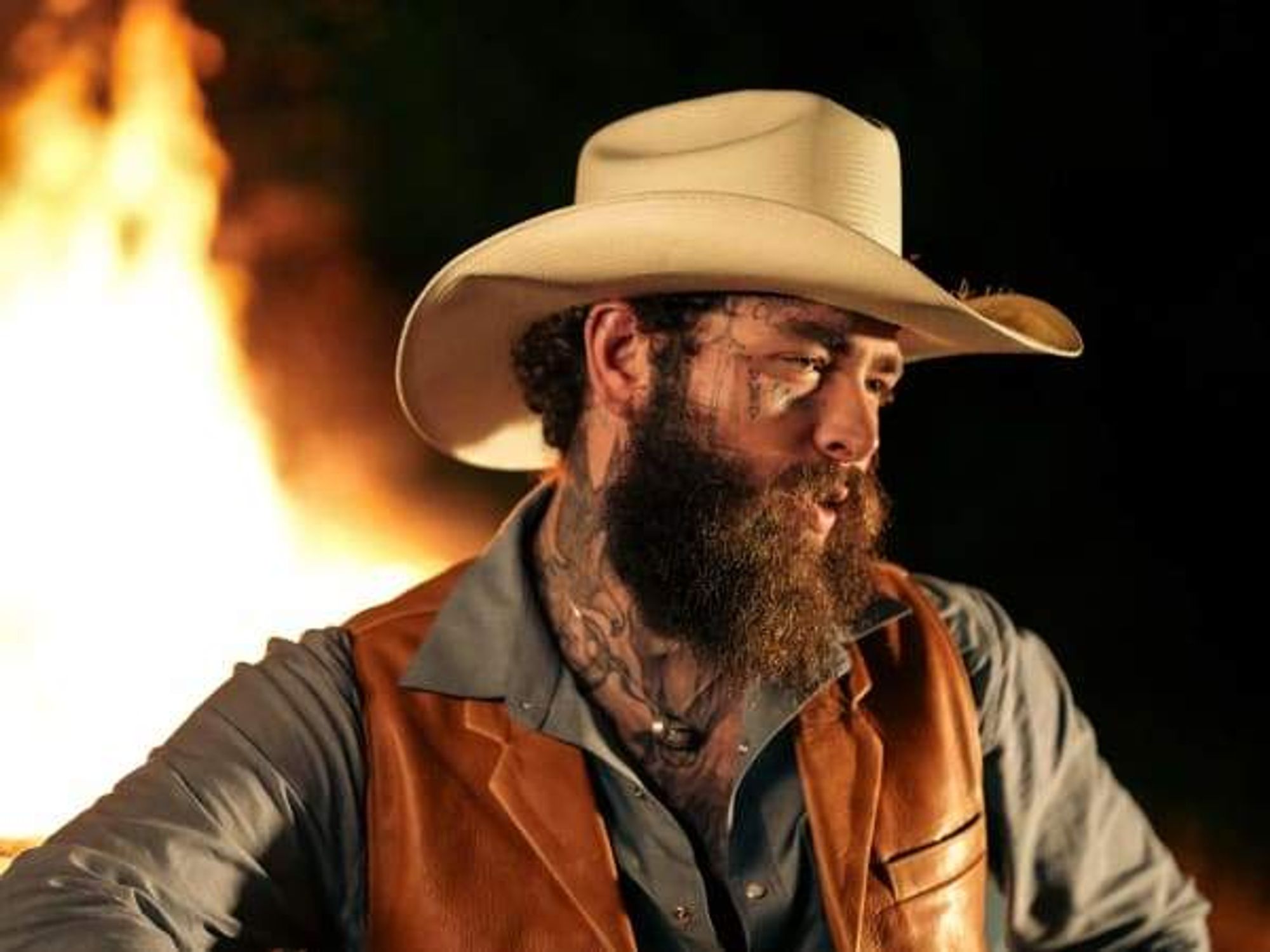Touchdown, Time Magazine
Time magazine cashes in on Johnny Manziel mania with cover story
It takes a certain moxie to run a pay-walled cover story about Johnny Manziel not getting paid — and then scarcely mention him in the article at all. Score one for Time magazine. The national news rag draws a line in the sand with its September 6 issue declaring "It's time to pay college athletes."
Texas A&M quarterback Manziel is little more than a figurehead for the debate. He's never quoted and, except for a cursory mention in the opening section of the story, Manziel doesn't even enter the storyline until halfway through the article.
Hey, everybody else is cashing in on Manziel's image, why not give print journalism a piece of the pie?
Our obsession with college sports, the article says, has led us to a point beyond profit and into the world of exploitation.
Manziel, the first freshman to win the Heisman trophy, is as polarizing a player as the NCAA has ever seen. He's selling out football stadiums, apparel stores and magazine racks. But he's still not making a dime (wink, wink).
More interesting than Time's decision to put Manziel on the cover is how the magazine frames the debate of paying college athletes as "an ethical imperative."
The in-depth reporting traces America's obsession with college athletics all the way back to the Morrill Land-Grant College Act of 1862. This may sound absurd, but writers following the Manziel mystique have the uncanny ability of tying in events that happened in the 1800s.
Our obsession with college sports, the article says, has led us to a point beyond profit and into the world of exploitation. "The rising dollar value of the exploitation of athletes is obscene, is out of control," Stanford sports economist Roger Noll tells Time.
But unlike many pundits and talking heads who've belly ached about the unfair arrangement college athletes are in, Time actually offers a solution to the problem. And it's not half bad: $1.5 million salary cap, averaging out at about $30,000 per year, per scholarship player. As author Sean Gregory puts it, that's not a whole lot of money but it's admittedly a huge improvement from nothing.
Citing numerous experts, Gregory also suggests lifting the amateurism ban on commercial opportunities — with a few caveats. No, Johnny Football can't be the spokesman for Keystone Light. But he could sell Nike shoes or Subway sandwiches like any number of star athletes before him.
According to a 2012 economic study, Texas A&M's home football games generated $86 million in business for Brazos County. "If the NCAA operated under the same revenue-sharing model as the NFL, each of the 85 scholarship players on the Aggies squad could see a paycheck of about $225,000 per year," Gregory writes.
As with any huge change, the seen and unforeseen complications of paying college athletes are many. But, as Time sees it, that's not a good enough reason to keep exploiting young athletes risking life and limb to make millions of dollars for other people.
